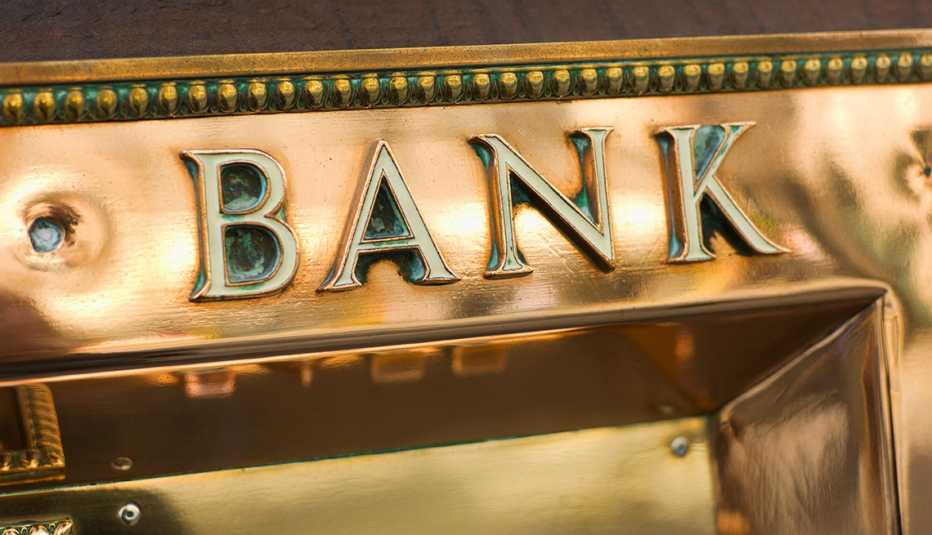Staying Fit
One of life’s biggest annoyances — getting hit with a hefty overdraft fee when the bank covers a transaction that’s bigger than your account balance — is getting a little less annoying. More and more U.S. banks are rolling back or even eliminating the dreaded overdraft fee.
Bank of America is the latest U.S. bank to provide customers some fee relief. The nation’s second-biggest bank (ranked by total assets) said it was slashing its overdraft fee from $35 to $10 beginning in May, as well as doing away with its non-sufficient funds (NSF) fee in February. (An NSF fee is assessed when the bank rejects a transaction, such as a bounced check, that it knows will create a negative account balance.)


AARP Membership— $12 for your first year when you sign up for Automatic Renewal
Get instant access to members-only products and hundreds of discounts, a free second membership, and a subscription to AARP the Magazine.
The Bank of America fee cuts aren’t the first from the banking industry, which has received harsh criticism for them from consumer advocates and congressional lawmakers. Capital One announced in December that it was completely eliminating overdraft and NSF fees in early 2022, and in June, Ally Bank, the largest digital bank in the U.S., eliminated overdraft fees on all its accounts. Back in the middle of 2019, Discover was a first mover when it got rid of all fees on certificates of deposit, and checking, savings and money market accounts.
“It’s great for the consumer, absolutely,” says G. Michael Moebs, economist and CEO at economic research firm Moebs Services. “Any move by a major player [to reduce fees] — and Bank of America is a major player — is very significant.”
Frustrating fees
Overdraft fees are among the most expensive and common fees charged by banks. The national median (meaning half charge more and half charge less) overdraft fee is $30, according to Moebs Services’ most recent survey of 3,309 depositories.
Unfortunately, these fees aren’t going to go away entirely anytime soon. In fact, a dozen of the 16 largest retail banks still charge overdraft fees ranging from $34 to $37.50, according to a recent analysis by personal finance site ValuePenguin.
The financial hit to account holders is sizable. Consumers forked over an estimated $11.68 billion in overdraft-related fees in 2019, according to a report released in June by the Center for Responsible Lending. If you include both overdraft and NSF revenue collected by banks in 2019, the total fees consumers paid soar to an estimated $15.47 billion, according to a December report by the Consumer Financial Protection Bureau (CFPB), which was created by the U.S. government in 2010 in the wake of the financial crisis.
Who gets hit the most
Here are key findings of a CFPB study that looked at overdraft and NSF fees paid by opted-in customers, or those that give a bank the OK to charge them a fee to cover overdrafts:



































































